Advice for Young Writers and Illustrators: Three Questions with Pat Cummings (TRACE, WHERE IS MOMMY?)
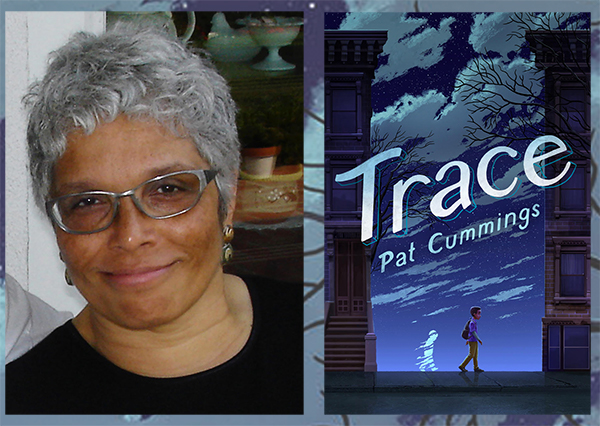
Pat Cummings was one of my first illustration mentors, through the SCBWI Illustration Mentorship Program, and I've valued her friendship ever since. She's smart, funny, honest -- and incredibly experienced in the world of creating children's books. I'm thrilled to have her visit my blog!
Author and/or illustrator of over 40 books, Pat’s Pratt and Parsons classes and Children’s Book Boot Camp have put writers and illustrators together with publishers. She’s a board member of the Authors League Fund, Authors Guild and SCBWI, and member of WGAE. Trace, her first middle grade novel, was published by HarperCollins. You can find Pat Cummings via her website, Twitter and Facebook.
TRACE by Pat Cummings (see more info about TRACE on the HarperCollins website).
Cover illustrator: Erwin Madrid
Synopsis: When thirteen year-old Trace moves to Brooklyn following his parents’ death, he’s haunted by dreams of the car accident he alone survived. A ghostly encounter at the New York Public library challenges his understanding of family in a story based on two true events that occurred over 150 years apart.
Q. Could you please take a photo of something in your office and tell us the story behind it?
This is a corner of my workspace that haunts me. It's overrun with books.

Many moons ago, I thought that if only I had a comfy couch I could sit and read every evening. (Cup of tea, soft pillow, cat purring nearby…).
But as much as I weed the picture books on my shelves (giving them to kids or my students at Pratt and Parsons) I can’t help bringing in more. The books are winning. Most days, the comfy couch is merely a staging area: I stack up books for class or for speaking engagements. Shelves and tables have been added, stacks on the floor and around the loft lurk outside this area. But I don’t seem able to give a book away until I've read it. You see the problem.
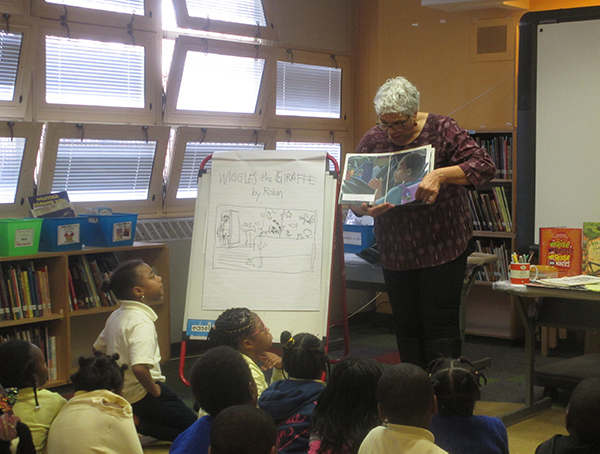
Q. What advice do you have for young writers?
ADVICE FOR ILLUSTRATORS:
Join SCBWI. Immediately. It is the closest you’ll come to taking a course in EVERYTHING YOU NEED TO KNOW ABOUT CHILDREN’S BOOKS.
Trim your portfolio to be sure that your work is consistent in quality. I see portfolios that may be 70% gorgeous and perfect for picture books but 30% not as proficient. I’ve heard from editors, art directors and agents that when they see portfolios like that, they think the illustrator just isn’t ready. It’s not that 30% of the work is necessarily bad it’s just that the illustrator didn’t realize it isn't up to the level of their other work. It becomes a question of judgement. And most editors don’t have time to worry whether an artist will deliver a book that is only 70% fabulous.
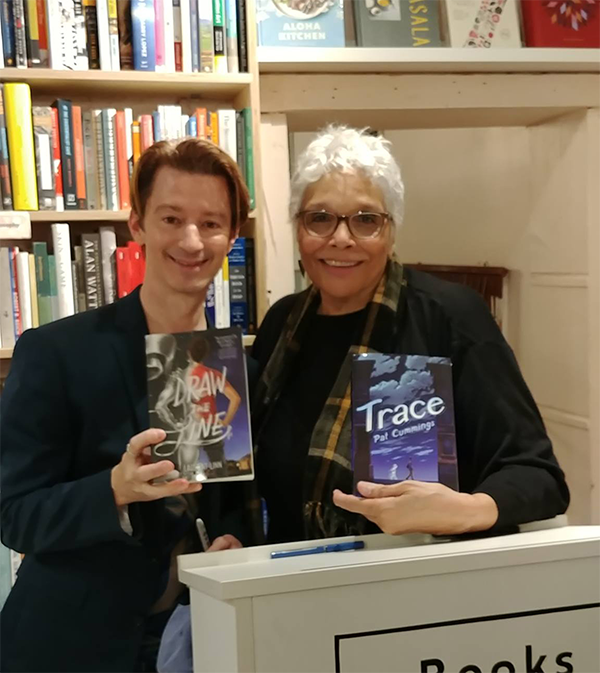
Get the Society of Illustrators catalogue for the annual Original Art Show that happens every fall. That catalogue is, hands down, the most valuable publication any illustrator can use if they want to find out who is behind the picture books they love. It is the only resource I know of that gives the names of the art director and editor for some of the best books of the year. It’s handy to promote your work to someone who shares your tastes for what constitutes a great picture book. I encourage my students to not only get the book every year but to prepare promotional cards and be ready to target those editors and a.d.s who they’ve identified as being behind their favorite books. SOI sells the catalogue inexpensively on their site.
Make sure that your promotional pieces and imagery on the web are narrative and directed at young readers. If you can tell a story visually, if you employ dynamic elements like scale, color, perspective, texture….whatever, in a unique way, your imagery will stand out. Publishers receive hundreds of promotional cards every week. It’s not enough to be able to paint a gorgeous picture of a dog, for example. If you can capture a moment in that dog’s story when something is about to happen, then publishers will know you can create an image that will make a child want to read that story, want to turn the page and find out what happens next?
Keep good records. I think it’s wise to target editors and art directors and publishing houses you want to work with. Recording info about what you sent, when you sent it and to whom you sent it is important. I think promotional cards should go out three to four times a year. Not hearing back from someone the first time you do a mailing doesn’t mean they aren’t interested. So plan for a campaign: keep showing the range of what you can do and that you take the work seriously. Persistence and patience are invaluable in this business.
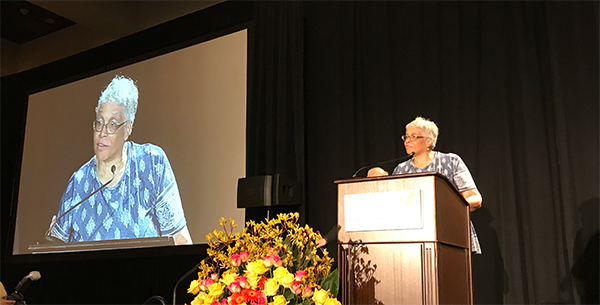
ADVICE FOR WRITERS:
Join SCBWI. Duh. For all the reasons above.
Form a writers group. It is so easy to be distracted by the time-consuming demands of real life. So carving out time to write can be difficult. With a group you’ll set a self-imposed deadline for producing work. And knowing that a meeting is coming up can make you sit down, even if it’s at midnight the day before, and get some words down on paper. Working with other writers, regardless of what their projects entail, can help keep you more focused and productive than you might be on your own.
Stay positive. There are so many naysayers who will tell you why you can’t do something or how hard it is to get your work published. Don’t be one of them. If this is what you want to do, this is what you do. Period. The biggest problem I see at workshops, in class and in the consultations I do with writers and illustrators is fear: fear that work will be rejected (it will, keep submitting), fear that their story has been done (it has. There are only a handful of story themes if you analyze them) and fear that their story isn’t good enough (keep working to make it better). Every project I’ve ever worked on began with a certain amount of fear: fear of the blank page. It is daunting to wrestle a story out of the ether, out of your psyche. Turning that page into a story is the most exhilarating, fun, horrifying, challenging, lovely, agonizing thing ever.
Q. What are you excited about right now?
Trying something new is a bit scary but thoroughly delicious. I’ve got two books out this year and both were exciting to work on for different reasons. Both took massive amounts of time and energy because, in large part, I didn’t know what the hell I was doing. But my general policy about making books is: If it’s not fun, I'm not doing it right. And both books were huge fun to do.
My first middle grade novel, Trace, was just published by HarperCollins. I now find myself totally in LOVE with being able to tell a long story. Picture books are wonderful and are the bulk of what I’ve done over the years. But having so much room for subplots and characters and mood-setting descriptions is luxurious and I’m completely hooked.
Yet as much as I want to pursue writing…more middle grade, a teen novel or (gasp) even an adult novel?…my overstuffed files of picture books started, stopped and waiting in the wings constantly call to me. Where is Mommy? a picture book that's coming out from Holiday House is my first partially digital book.
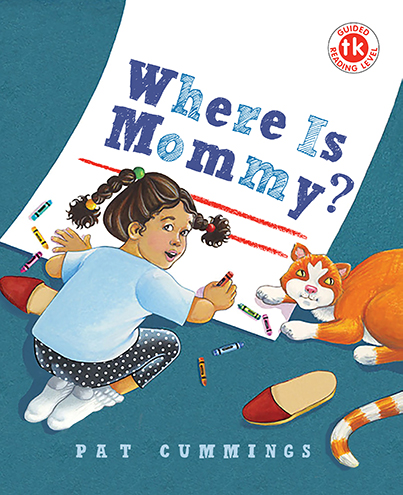 Launches from Holiday House on Nov. 12, 2019
Launches from Holiday House on Nov. 12, 2019
And the learning curve was quite steep. After painting and coloring the illustrations by hand, I scanned and finished them in Photoshop. When the publisher asked for files to be scanned at 300 dpi, I scanned them at 600 dpi to give myself some wiggle room. And when I saw the paintings on my screen they were massive. In alarming detail, I could see all of the cat hair that was mixed into my paints. During the weeks spent cleaning up the art, I admit I considered caticide. But it finally occurred to me that if I couldn’t even see the cat hairs with the naked eye, that might not be the issue I thought it was. The art got finished. The cat survived.
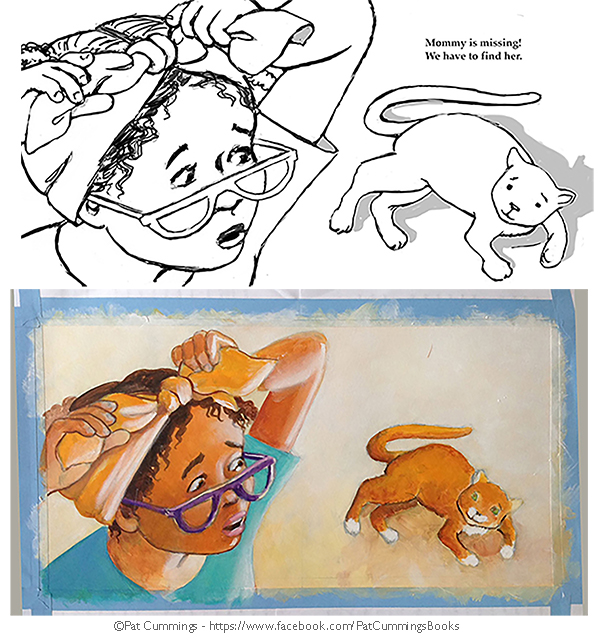
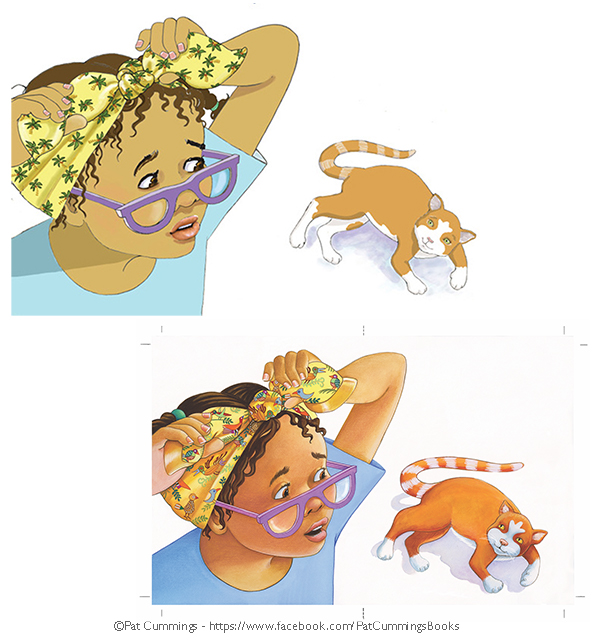
The other thing I’m excited about is that so many of my former students and workshop participants are coming out with new books and have gotten started on what I think will be amazing careers. I love seeing the inventive, thoughtful and absolutely gorgeous books they’re all producing. And, of course, it’s always exciting to see the books in the hands of kids. At my bookstore launch for Trace, I warned a little 7 year-old who wanted an autographed copy that it was 300 pages at least. She politely told me that she was just finishing a book that was 380 pages long and it was the thirteenth one she’d read in the series. Yowie. With little readers like her out there, it’s easy to be excited about getting to the next story.
------
For more interviews, see my Inkygirl Interview Archive. Also see Advice For Young Writers and Illustrators, a compilation of tips generously offered by children's book creators I've interviewed over the years.





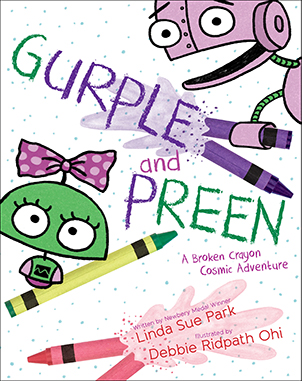
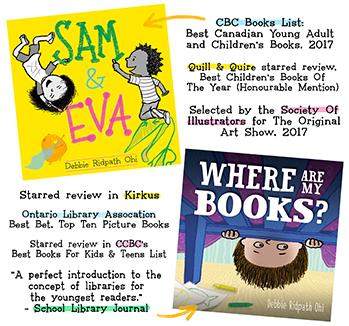





 Monday, May 13, 2019 at 8:29 AM
Monday, May 13, 2019 at 8:29 AM
Reader Comments (1)
Debbie and Pat,
Such a great interview! I have read TRACE and loved it. I admire that gumption to move into a different genre, Pat. Can't wait to meet Pat at the Northern Ohio SCBWI this weekend. She has my story, and I'll receive important feedback from her, i'm sure. Ty both for your art and books.